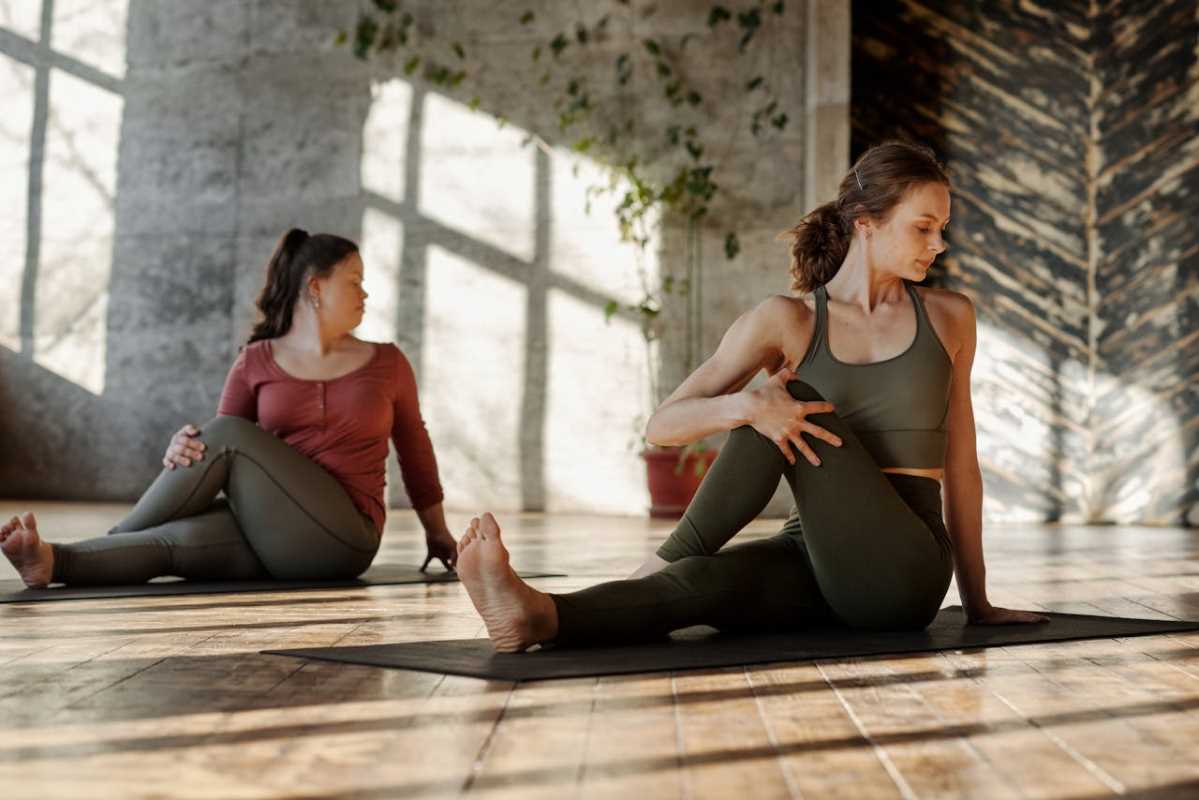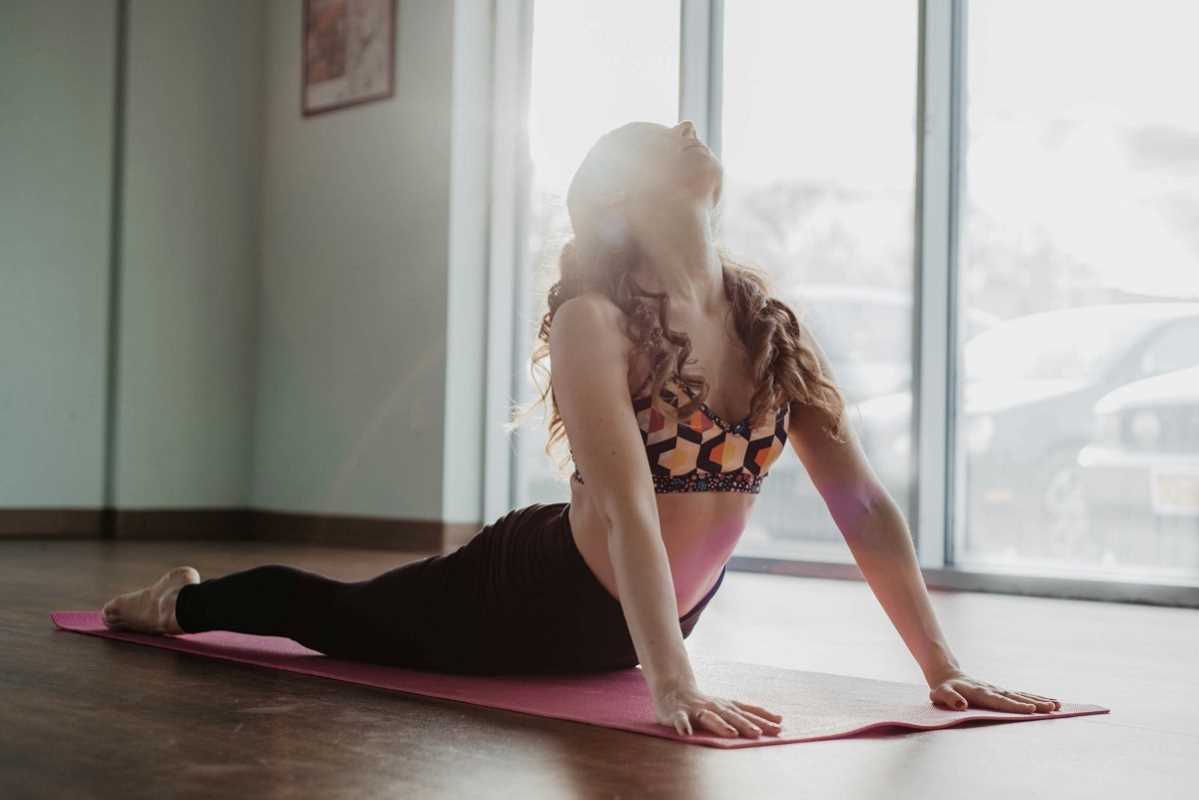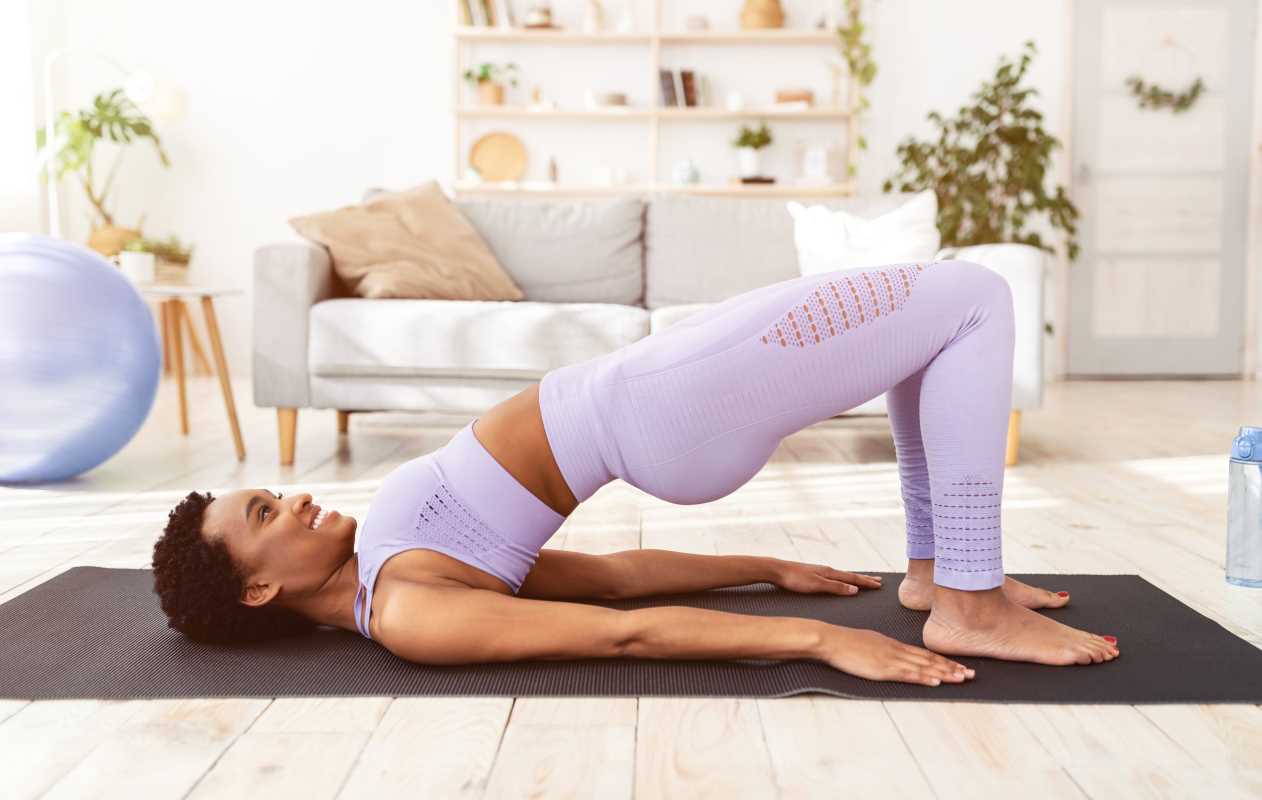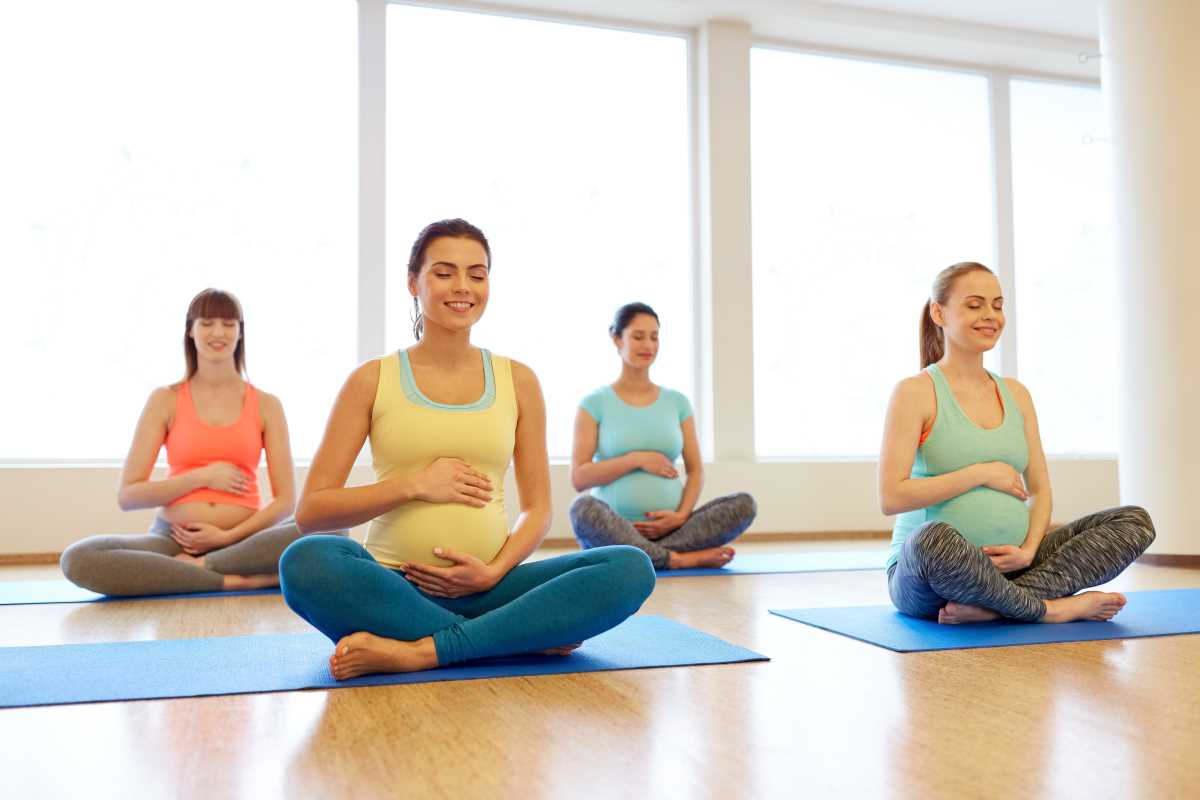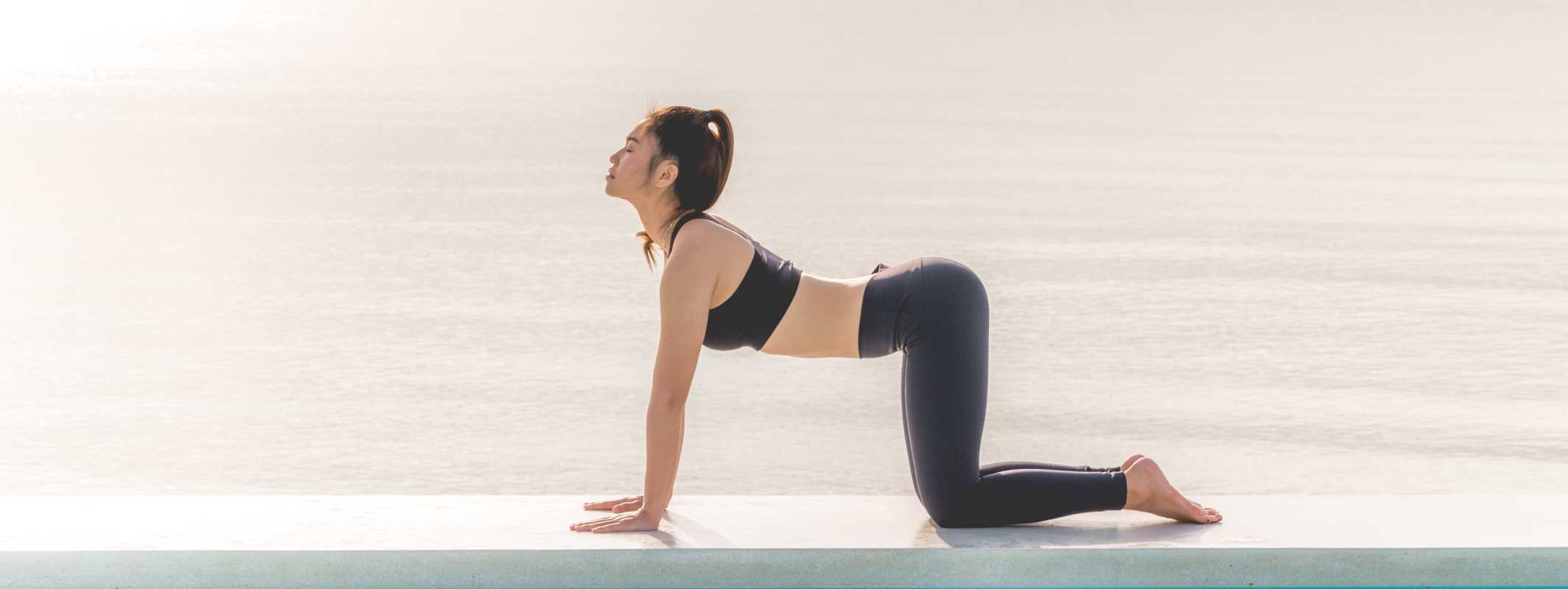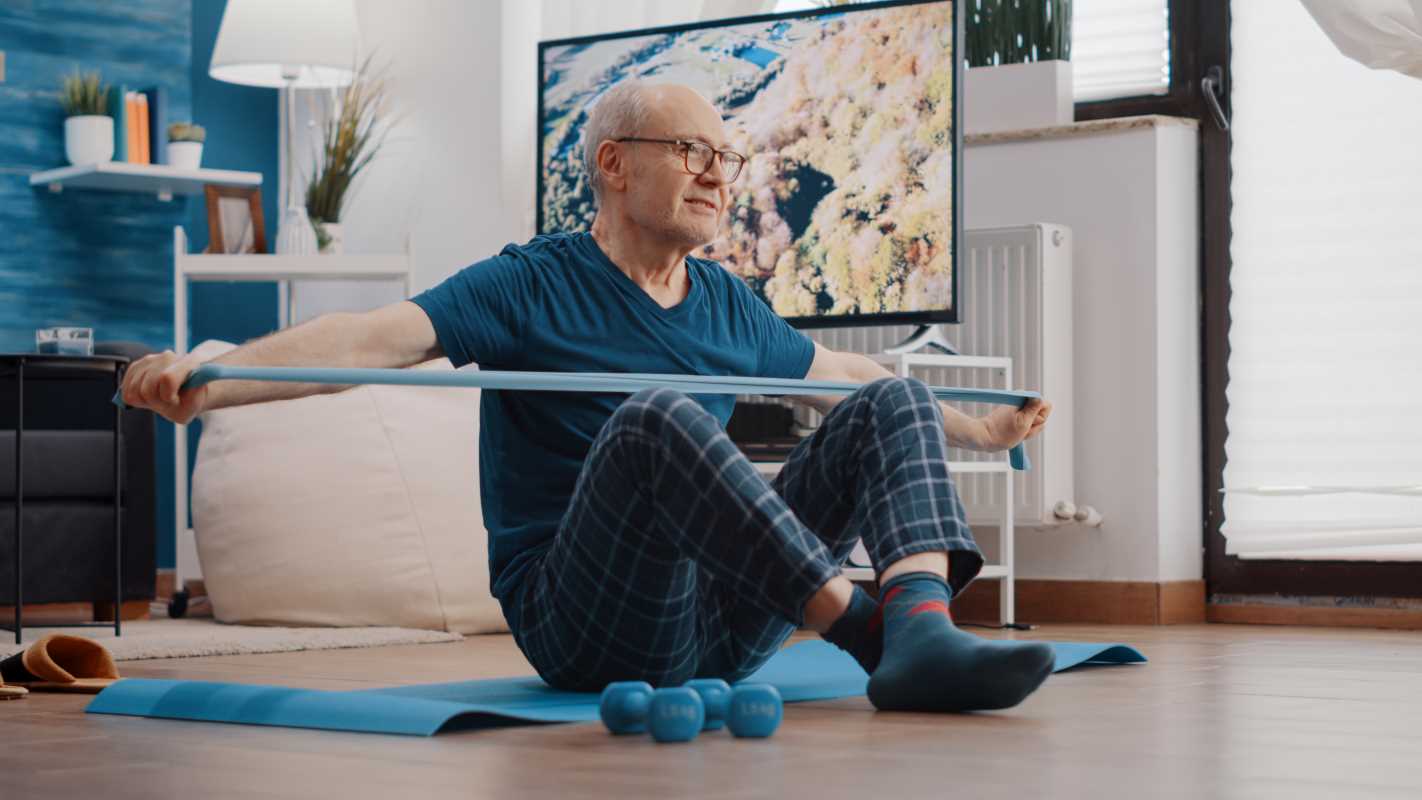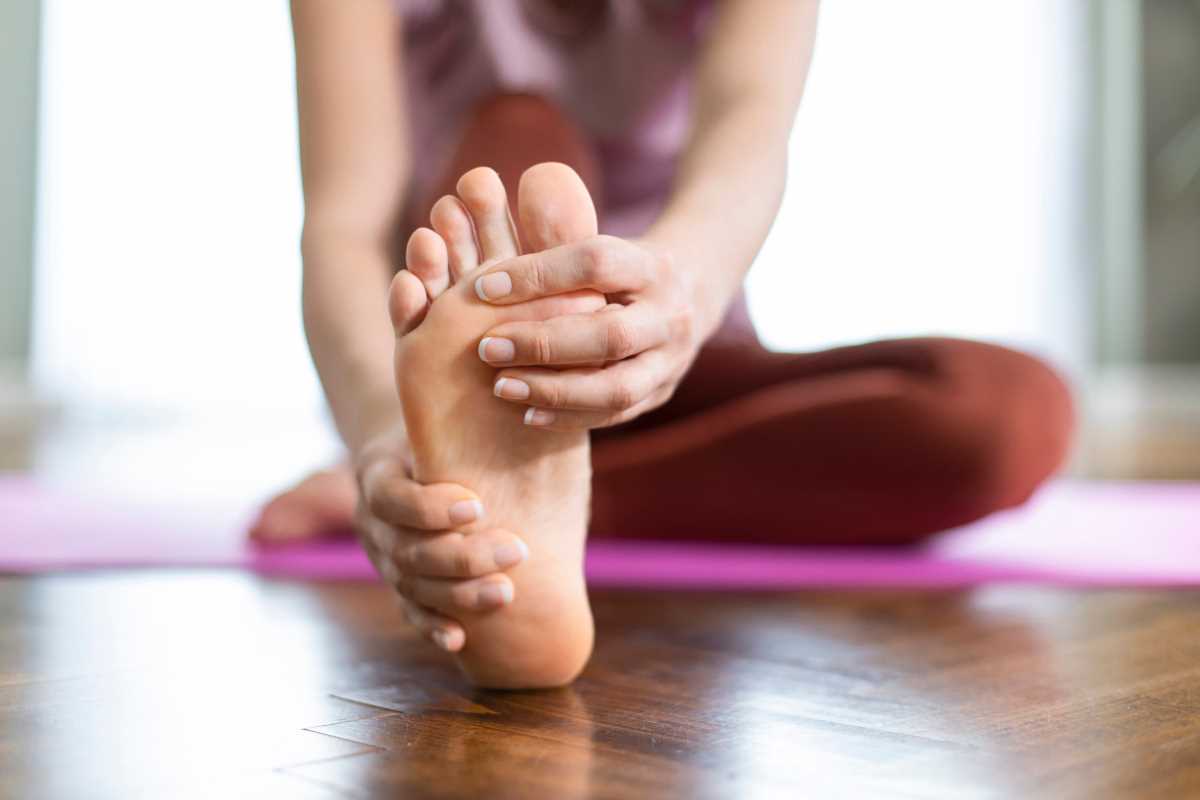Starting the day with a burst of energy can feel tough when dealing with autoimmune fatigue. This type of exhaustion goes beyond being tired. It’s a deep, debilitating fatigue that can make simple tasks seem impossible to complete. Morning stretches, designed specifically to combat fatigue and support flexibility, can be a game-changer. Gentle movements help wake up your body, improve blood flow, ease stiffness, and prepare your muscles and joints for the day ahead. These stretches focus on boosting circulation, releasing tension, and building gentle energy so you can take on your day with a little more strength and ease. Here’s a helpful guide to morning stretches tailored for autoimmune fatigue and how they can make a difference.
1. Child’s Pose
Child’s pose is a gentle full-body stretch that helps ease stiffness in the lower back, hips, and knees.
- How to do it: Kneel on the floor, sitting back on your heels. Extend your arms forward and lower your torso until your forehead rests gently on the floor. Hold the stretch for 20–30 seconds while breathing deeply.
- How It Helps: Relieves tension in the hips and back and improves flexibility for easier movement throughout the day.
Adding this pose to your morning routine provides a calming start to the day.
2. Neck Side Stretch
The neck side stretch targets the upper body, easing tension that builds in the neck and shoulders.
- How to do it: Sit or stand tall. Tilt your head to one side, bringing your ear toward your shoulder. Hold for 15–20 seconds, then switch sides. For a deeper stretch, gently rest your hand on the side of your head.
- How It Helps: Reduces muscle tightness, improves posture, and promotes good circulation in the upper body.
This stretch is a quick way to relieve overnight stiffness or tech neck tension.
3. Seated Forward Fold
Stretching the hamstrings and lower back with a seated forward fold can help energize your legs and spine.
- How to do it: Sit on the floor with your legs extended in front of you. Hinge forward from your hips, reaching toward your toes. Hold for 15–20 seconds, taking deep breaths. Use a yoga strap or towel around your feet if reaching is difficult.
- How It Helps: Improves flexibility in the legs and back, reducing discomfort caused by tension or stiffness.
Keeping the movement slow and relaxed prevents fatigue from setting in too quickly.
4. Standing Side Stretch
Side stretches help open the chest and improve flexibility in the sides of your torso.
- How to do it: Stand with your feet hip-width apart. Raise one arm overhead and lean gently to the opposite side, keeping your torso straight. Hold for 15–20 seconds and switch sides.
- How It Helps: Improves range of motion, wakes up the obliques, and provides a refreshing stretch to start the day.
This stretch feels energizing and encourages full, deep breaths.
5. Wrist and Ankle Rolls
Wrist and ankle rolls are small but effective movements for combating joint stiffness in the morning.
- How to do it: Sit in a chair or on the floor comfortably. Rotate your wrists slowly in one direction, then reverse. Repeat the same with your ankles. Perform 8–10 rolls per side for each joint.
- How It Helps: Supports joint flexibility, reduces stiffness, and prepares your wrists and ankles for movement.
These gentle rolls are quick and easy for mornings that feel especially sluggish.
6. Leg Stretch with Strap
Using a strap or towel for a leg stretch can help release tension in the hamstrings and calves without straining your back.
- How to do it: Lie on your back with one leg bent and the other extended upward. Loop a strap or towel around the ball of your extended foot, gently pulling it toward you. Hold for 15–20 seconds and switch legs.
- How It Helps: Stretches tight leg muscles to relieve tension, improving mobility and reducing fatigue.
This stretch is perfect for anyone waking up with heavy or achy legs.
7. Seated Spinal Twist
Twisting stretches improve spinal mobility and ease tension in the back.
- How to do it: Sit cross-legged or on a chair with feet flat on the ground. Place your right hand on your left knee and your left hand behind you for support. Gently twist your torso toward the left, holding for 15–20 seconds, then switch sides.
- How It Helps: Releases tension in the lower back while boosting circulation in the torso.
Including twists in your morning stretches helps loosen up your entire upper body.
Tips for Effective Morning Stretches
- Take slow, deep breaths during each stretch to relax your body further and enhance your range of motion.
- Move gently, avoiding sudden or jerky motions that could lead to injury.
- Stick to stretches that feel good and don’t overexert yourself, especially during autoimmune flare-ups.
- Combine these stretches with relaxation practices, like listening to calming music or focusing on gratitude, for a stress-free morning.
- Adjust the stretch duration or modify the pose to align with your comfort level.
